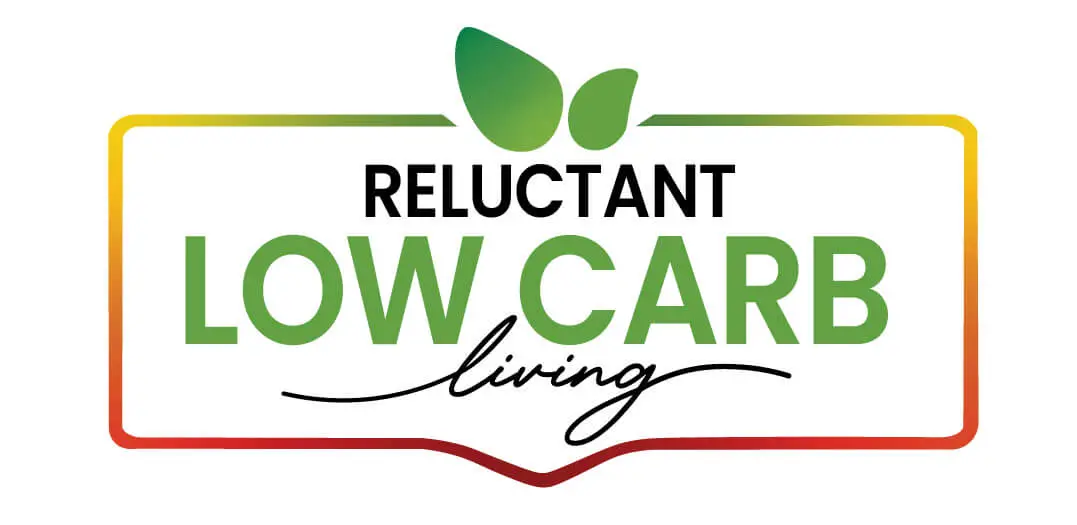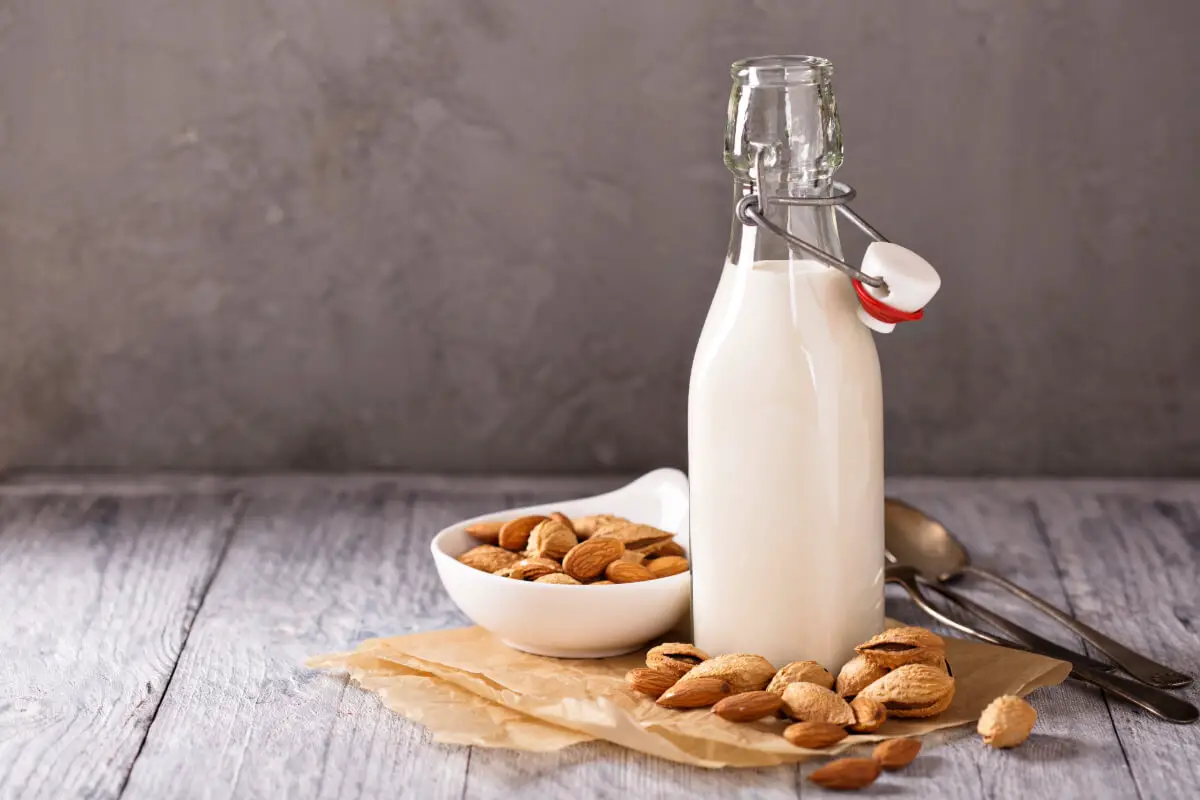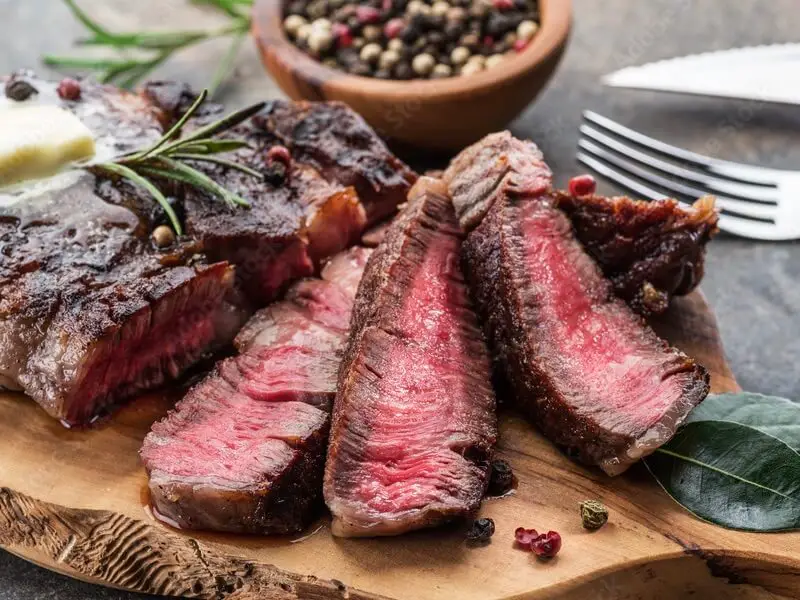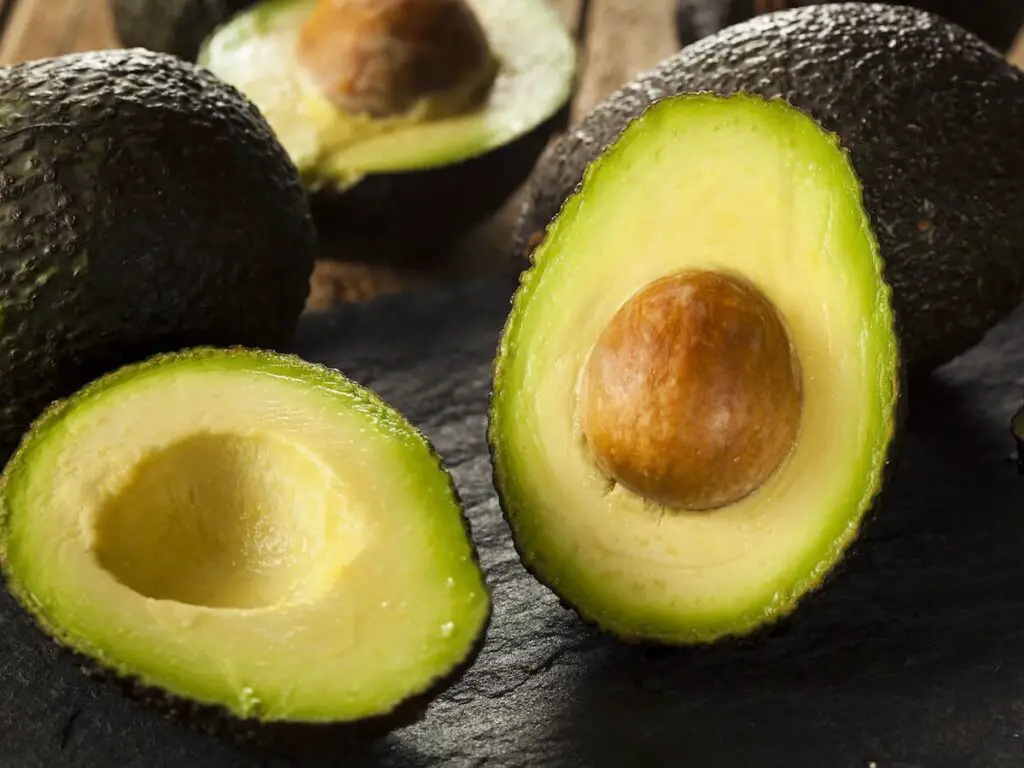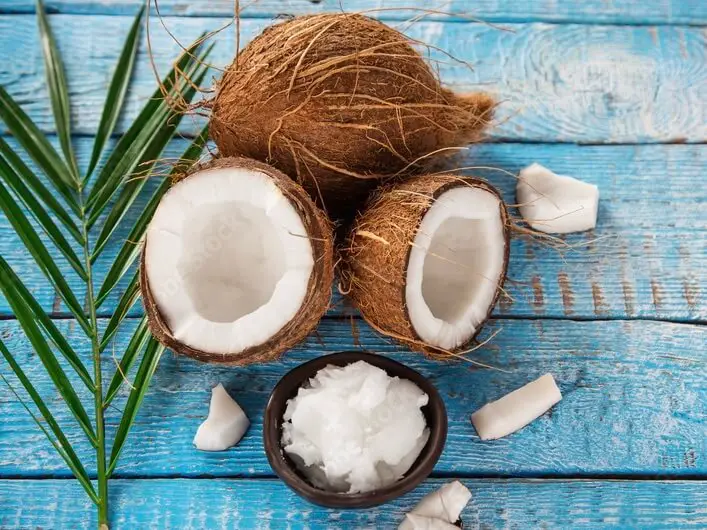Take one sip of almond milk and dive into centuries of heritage, tradition, and pure food science. This genuinely organic beverage, borne from the almonds’ natural goodness, is more than just an alternative to dairy milk; it’s a testament to our quest for health, wellness, and sustainability.
This essay sheds light on the whys and hows of almond milk – from its deep-seated origins steeped in time-honored tradition to the delicate art of choosing the correct almond and the meticulous process of turning these healthy kernels into a creamy gallon of goodness. We’ll elevate your almond milk experience by featuring simple yet luscious recipes and nifty storage hacks to keep every pour fresh and delicious.
Table of Contents
- Understanding the Origin of Almond Milk
- Sourcing Your Almonds
- The Almond Milk Making Process
- Serving and Storing your Almond Milk
- Related Question
Understanding the Origin of Almond Milk
The Almond Milk Affair: A Taste of Good Living
The shift towards a healthier, greener, and more ethereal lifestyle pattern sends us on a quest for the finest choices in our day-to-day necessities. Topping the charts is the elixir that drizzles over morning granola and adds a creamy comfort to our steamy coffee-nurturing almond milk.
Descended from the fertile blossoms of almond trees, this feather-light milk spells an animated narrative of good health, balanced living, and a calculated stride toward sustainability.
It begins with these nourishing, sun-kissed almonds being meticulously handpicked from orchards, followed by a soak in fresh waters, releasing their rich nutrients. The plumped-up kernels are then carefully ground and blended with water. The resulting mixture is then strained, leaving behind a silky milk carrying the essence of its previous form.
What graces this milk with such omnipresence is its treasure of benefits wrapped in its subtle nutty taste. Rich in Vitamin E, a powerful antioxidant, almond milk promises a gift of youthful skin, a primary bearer of our appearances and first impressions.
Meanwhile, its low-calorie profile pedestals it as a star contender in the weight management saga – a harmonious blend of taste and health.
Extending its reach is a note-worthy trait for lactose-intolerant individuals and vegans. Void of lactose, almond milk sidesteps the discomforting symptoms that most dairy products induce, making it a cherished discovery in the lactose-intolerant space. Simultaneously, its plant-based roots cater to vegans, ensuring a nutrient-dense dairy substitute accompanies their meals.
Dropping its quintessential charm to the environmental canvas, almond milk conspicuously influences sustainable living. Plant milk produces significantly smaller CO2 units than traditional dairy, supporting the global stride towards a reduced carbon footprint. Moreover, the upcycled almond pulp leftover from the milking process finds its utility as a valued baking ingredient – a fitting response to waste minimization.
No less than an enlightened choice, almond milk is an invitation to a lifestyle stringing along health, taste, and an ecological conscience. It nods towards an inclusive society, embracing varying nutritional needs while dressing the palate in an enchanting nutty flavor.
Steeping into its world symbolizes discernment, a style statement heard loud and in fashion. Embrace the almond milk story and add a serene rhythm to the symphony of your life. After all, the way to an enchanted lifestyle is often poured into a glass of healthful goodness.
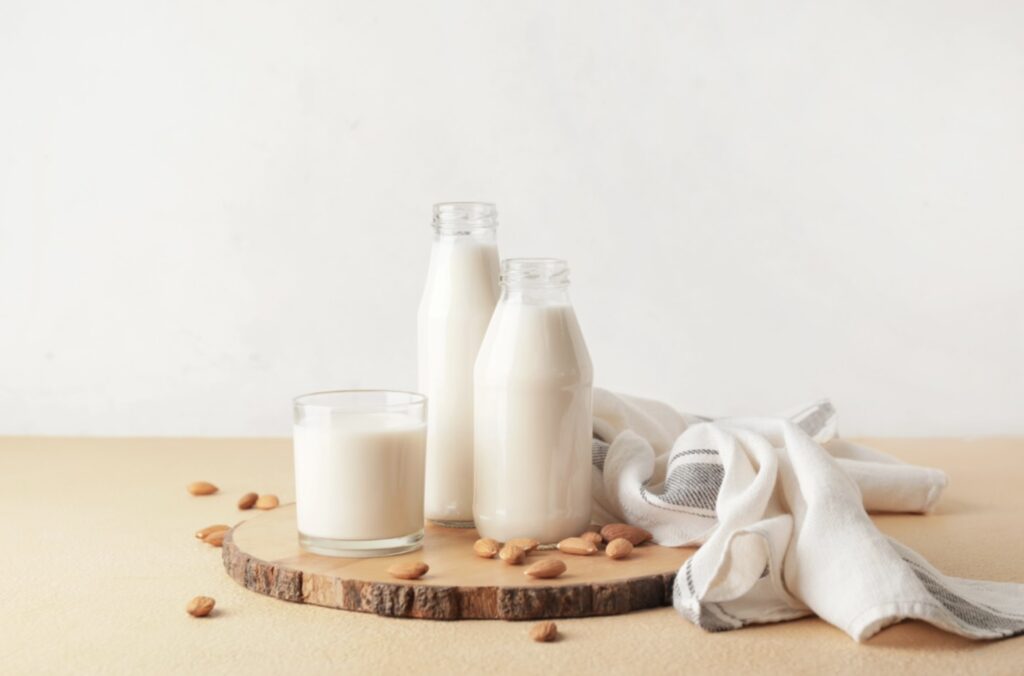
Sourcing Your Almonds
Sourcing Quality Almonds for Superior Almond Milk: Essential Tips for Recognizing Top-notch Produce
For the lifestyle enthusiast committed to healthy living and good food, the exploration doesn’t stop at what’s on the dinner plate. It’s a deep dive into each ingredient, ensuring each component meets the highest criteria for quality.
Today, let’s turn our spotlight on almonds, the marvelous little powerhouses that add that velvety texture and delightful nuttiness to our favorite plant-based milk.
The quality of almonds plays a significant role in the overall taste and nutritional value of almond milk. High-quality almonds contribute to a more potent flavor profile, richer color, and a denser nutrient concentration. Simply put, quality almonds equate to superior almond milk.
If we genuinely care about what we put into our bodies, we need to partake in our food journey, even if it’s just understanding where our favorite go-to almonds come from. Let’s peruse the best regions famous for top-tier almonds and learn how to source them!
Anticipate the words’ California Almonds’ popping up often in your almond quest. California is known for its vast almond orchards, which produce around 80% of the world’s almond yield. The Golden State’s unique weather conditions and fertile soil offer the perfect environment for almonds to thrive.
Yet, it’s not all about location. Even within the sunny state, the quality of almonds can vary significantly. Look for suppliers who prioritize sustainable farming practices and meticulous sorting procedures.
Now, tap into Spain’s rich agricultural history, home to the Marcona almond. Crisper, sweeter, and rounder than other varieties, the Marcona almond is often called the “Queen of Almonds.” If you want to elevate your almond milk game, these can add a touch of luxury to your homemade brew.
Australia’s almond industry is on a soaring trajectory in the eastern hemisphere. Their almonds are celebrated for their overwhelming sweetness and plumpness, an attribute that can do wonders for the flavor of your almond milk.
Now, sourcing these high-quality almonds can be a simple process. Farmers markets, organic grocery stores, and online retailers specializing in organic, sustainably sourced almonds are your best destinations.
Remember to look for details regarding where they were grown and how they were harvested. Seek transparency in sourcing, as that’s often a key quality indicator.
Procuring quality almonds for almond milk production isn’t simply about creating a superior product. It’s also about aligning with the principles of sustaining a healthy lifestyle while making ecologically responsible choices—quality matters, from the visual appeal to the taste to the nutritional impact.
So, here’s your eco-chic mission, should you accept it: Prioritize quality when picking your almonds, and always stay curious about their journey from tree to carton. Enjoy riding the wave of mindful, health-forward living. After all, the pursuit of wellness makes this journey stylish!
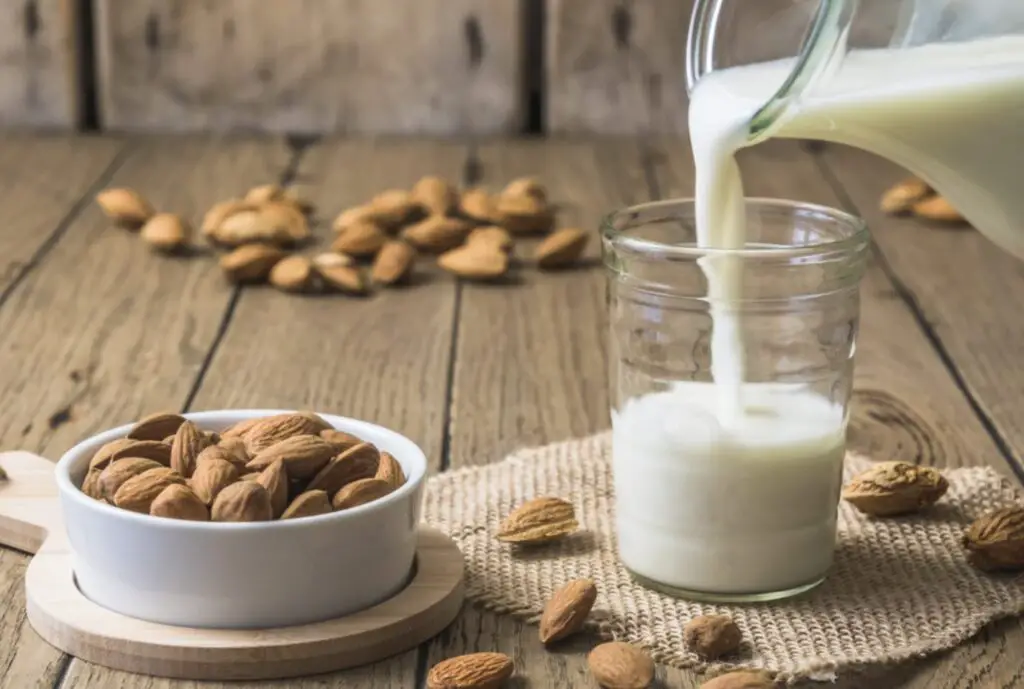
The Almond Milk Making Process
Stepping away from the health-enriched journey of almond milk, let’s delve a little into the numbers – The mystifying calculation of Almonds to Almond Milk conversion.
A question has been burning the curiosity of many – how many almonds does it take to make a gallon of almond milk?
Here’s the answer: it takes about 400-500 almonds to get a gallon of almond milk! Yes, you heard right! This seems like a staggering number, but consider that a good bulk of almond milk is primarily water.
Many store-bought variants may contain only 2% actual almonds, so it’s essential to keep an eye on product labels or opt for a good old-fashioned DIY approach.
Now, do not get deterred by the number. Making homemade almond milk is an art in itself. It starts by soaking a cup of almonds (approximately 150-180) overnight in water. Once they’re plump and spruced, blend them with around four cups of water.
After blending, you’ll need to strain the mixture to remove the pulp (which makes excellent compost or a cream cheese substitute if you’re feeling adventurous). What you’re left with is fresh, preservative-free, and plant-based milk!
The whole process promotes an active, hands-on approach to wellness, engaging in every step of the journey from raw almond to silky milk. It embraces kitchen creativity and the enjoyment derived from hand-crafting something so nutritious.
Besides using the correct proportion of almonds, the homemade version promises a creamier, more wholesome taste than what you’d typically find on grocery shelves.
California is a frontrunner in the realm of quality almonds. It’s the home to about 80% of the global almond production. However, for diversity in almond types, a look over to Spain’s Marcona almonds or Australia’s produce may offer a unique flavor profile. When you’re picking out almonds for milk, remember that the taste of your milk rests heavily on the quality of your almonds.
This all brings us to a crucial point – sourcing. Knowing where your almonds come from can significantly influence the quality, taste, and nutritional value of your almond milk. When sourced ethically and responsibly, almonds can be transformed into delicious milk while ensuring you’re contributing to a sustainable, plant-based lifestyle.
Almond milk making goes beyond just another kitchen routine. It’s a great introduction to understanding food sources, an opportunity to live more sustainably, and promotes a lifestyle change culture that stretches far beyond the kitchen. Cheers to the lifestyle of health and sustainability! Enjoy your homemade almond milk – a real treat for the body and the environment!

Serving and Storing your Almond Milk
Diving into the world of almond milk, there’s more to this plant-based drink than meets the eye – more than just a dairy substitute or a highly nutritious drink; it is the heart of a host of delicious, creative recipes! So keep those loungewear on, pull up your hair in a chic bun, and let’s unravel the trendiest ways to serve almond milk in our everyday dietary routine.
How about starting the morning with a pastel-colored smoothie bowl? A big-time favorite among health-conscious millennials, a smoothie bowl is like a blank canvas waiting to be layered up with your choicest fruits and nuts.
Please keep it simple yet vibrant with a blueberry almond milk smoothie bowl. Just blend ripe bananas, frozen blueberries, and almond milk until creamy. Top it off with toasted almonds, fresh blueberries, or edible flowers. The stunning aesthetics will rack up some real Instagram-worthy moments!
Another brilliant way to incorporate almond milk into your daily meals is by being a little daring with soups! More specifically, creamy vegan soups. A creamy, velvety butternut squash soup is worth a try. It’s rich in flavors and lightly sweetened; almond milk adds a wonderfully smooth texture. A hint of rosemary leaves or roasted seeds for the garnish, and voila, you have a winter-cuddling bowl of comfort.
Homemade almond milk also serves as an excellent base for a heart-healthy porridge. Instead of regular dairy milk, use almond milk while making oats or your favorite grain porridge. Top it with fresh berries and a sprinkle of chia seeds for a nourishing breakfast far from boring yet perennially generous with its nutritional value.
Who knew that almond milk would fit perfectly into your post-workout regimen? DIY protein shakes with almond milk are an excellent supplement for gym-goers. Combine almond milk, frozen fruit, a scoop of plant-based protein powder, and a drizzle of maple syrup, and you’ve got yourself a refreshing pick-me-up.
Regarding creativity, almond milk coffee drinks hold a special place on that spectrum. From lattes to cappuccinos to macchiatos, almond milk adds a delightful nutty flavor and creaminess, making your daily cup more exciting and guilt-free.
Ensuring freshness for all these delightful recipes hinges on properly storing almond milk. The crux of the matter is relatively straightforward—always refrigerate almond milk. Unopened cartons can sit in the pantry until the stamped date, but once opened, the clock begins to tick, with 7-10 days generally being the freshness window.
If you’re going down the homemade route, always store it in an airtight glass container and consume it within 3-4 days. Remember, freshness influences the taste and quality of your almond milk recipes and the nutritional value itself.
Almond milk is a beacon of health and lifestyle in a world where what looks good feels good. It is not just a plant-based alternative but a conscious life choice with flourishing inspiration for creativity and aesthetics.
So get out there and add a little almond milk sparkle to your everyday culinary experience – because it’s impressive and tastes fantastic. Still, it’s doubly admirable to look fabulous while doing so!
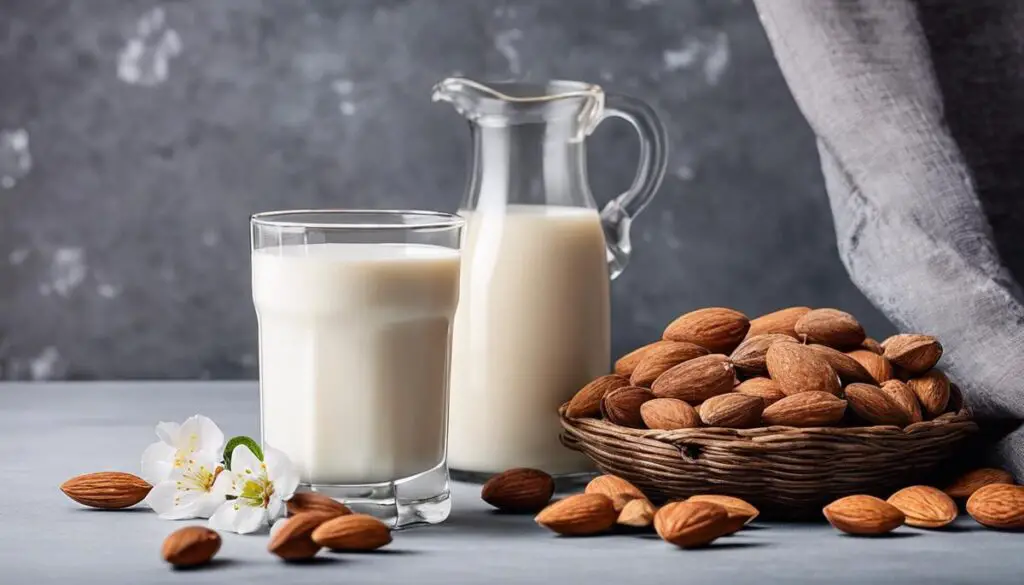
Without a shadow of a doubt, almond milk has proven itself to be more than just another dairy alternative. It’s a journey into better health, exemplary taste, and sustainability.
Whether you enjoy it in your morning cereal or use it as a main ingredient in your delectable recipes, understanding its history, the selection process of almonds, and the art of creating this creamy drink impact overall enjoyment.
Rest assured, with the knowledge you gain and apply from here, each sip of your homemade almond milk will echo the values of quality, taste, and health like never before.
At Reluctant Low Carb Life, we are staunch advocates of the Health Trifecta: Fullness, Fitness, and Freshness. Additionally, we embrace the pillars of health, wellness, and graceful aging. Our mission is to provide honest and precise information to individuals dedicated to adopting a healthy lifestyle while enhancing their fitness and well-being.
We have a free monthly newsletter that is filled with information and helps you remain updated. Subscribe to the Reluctant Low Carb Life newsletter by clicking here.
Listen to our weekly podcast, Reluctant Low Carb Life, on all the major podcast platforms by clicking here.
Follow us on Instagram and Facebook by clicking here.
Related Question
The Proper Way To Eat On A Keto Diet
The term keto diet has become a term that many people are talking about, especially for weight loss. One of the things that most people want to know is what they can or cannot eat on a Keto diet.
You can read more about The Proper Way To Eat On A Keto Diet by clicking here.
Is Keto The Fastest Way To Lose Fat?
Research shows that most people on a Keto diet will start to burn fat. The keto diet forces your body to use the fat and causes your body to prefer to use the blood sugar or glucose as a primary energy source. Then your body begins to use different types of fuel, such as fat. Instead of providing your body with glucose from carbohydrates, the keto diet relies on the liver to break down the stored fat into ketones.
You can read more about Is Keto The Fastest Way To Lose Fat? by clicking here.
Is Quinoa Good For A Keto Diet?
Quinoa has too high in carbohydrates to be on a keto diet. For most people, one cup of Quinoa is over your daily limit of carbohydrates. A keto diet is successful when you increase your protein intake and limit your carbohydrates so that your body can burn fat.
You can read more about Is Quinoa Good For A Keto Diet? by clicking here.
